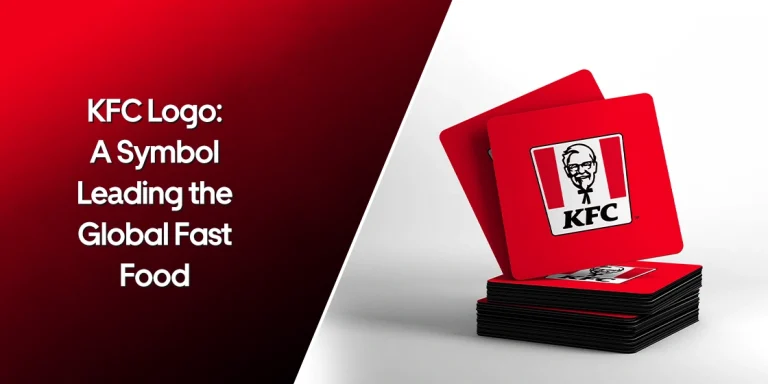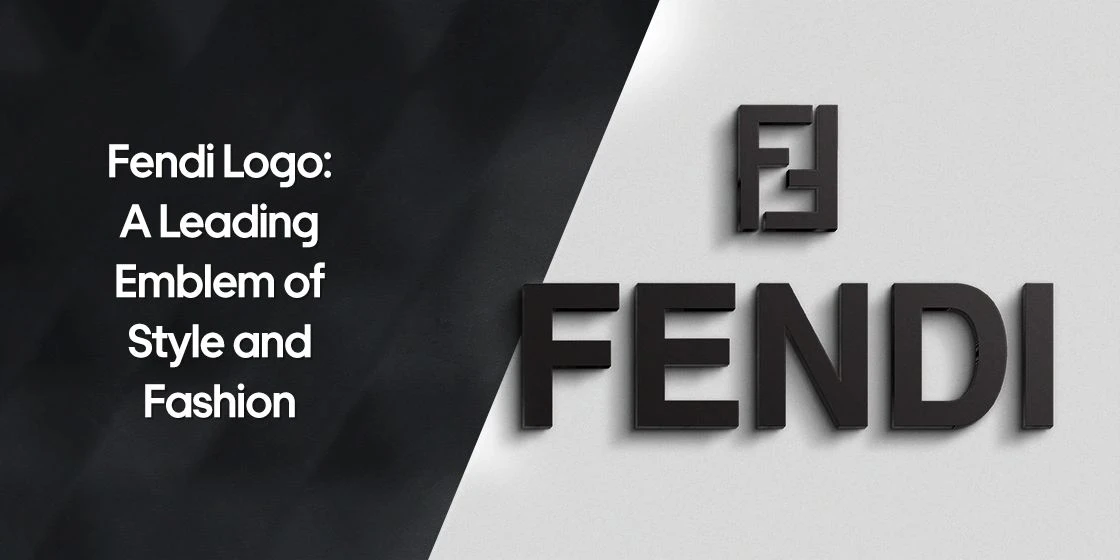
Table of Content
Explore What Makes Fendi Logo a Highly Reputable Fashion Emblem in the World
In the circuit of high-end fashion, Fendi stands as a name that speaks for itself. Renowned for its enduring influence in the global fashion industry, Fendi has carved out a prestigious reputation. The brand’s luxury offerings—ranging from handbags and jewelry to sunglasses and more—are synonymous with superior craftsmanship. As a result, the Fendi logo is instantly recognizable among fashion aficionados across the world. Alongside iconic labels like Gucci, Louis Vuitton, and Balenciaga, Fendi exemplifies elegance and design sophistication.
Fendi’s journey in fashion dates back to 1925, a period when luxury apparel was still in its infancy and few brands had gained widespread acclaim. The emergence of pioneering labels such as Fendi and Calvin Klein marked a transformative era for American fashion, sparking innovation and influencing the broader global market.
This article delves into the evolution of the Fendi logo, tracing how it developed into a symbol of premium fashion. But before we explore that journey, we’ll first examine why logos hold such significance for luxury fashion brands—particularly those that specialize in upscale accessories.
Importance of Logos for Fashion Conglomerates
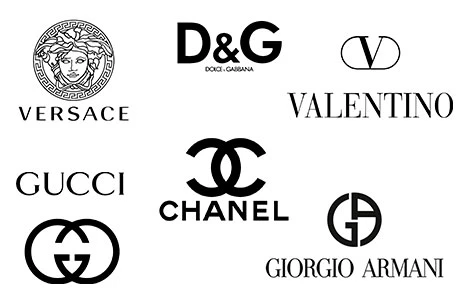
Logos play a crucial role in establishing a fashion brand’s identity. They serve as the visual cornerstone that communicates the brand’s personality, values, and aesthetic to the public. Whether it’s minimalistic like Prada wordmark or bold like Versace’s Medusa head, an emblem acts as a brand’s signature—instantly signaling its presence in a crowded market. This identity-building function is especially important in fashion, where emotional connection and brand loyalty are often driven by visual appeal and symbolic meaning.
Created by professional logo design services, these symbols serve as powerful tools for brand recognition. In the fashion industry, a recognizable logo helps brands stay relevant and memorable. Logos make products immediately identifiable, allowing consumers to associate a design or style with a specific brand without needing to read labels. This visual shorthand reinforces brand equity and keeps the brand top-of-mind, especially in luxury fashion where the logo itself can become a statement of status and taste.
Moreover, logos contribute to brand consistency across various channels and product lines. From clothing tags and packaging to social media and advertising campaigns, a consistent logo builds trust and reinforces the brand’s message. This consistency is particularly vital for luxury brands, where image and exclusivity are central to appeal. A well-crafted logo not only reflects the quality and heritage of the brand but also supports long-term brand evolution by offering a stable foundation on which to innovate.
History of Fendi Logo
Just like Gucci logo, Fendi is a brand that has largely maintained the integrity of its original logo design over the years. While it has undergone minor adjustments in recent times, the core elements have remained consistent since its inception. This deliberate choice reflects the brand’s commitment to preserving its rich heritage, with the logo serving as a central symbol of that legacy. Below, we’ll explore the evolution of the Fendi logo and how it has come to represent the enduring identity of the brand.
Fendi Logo – 1925
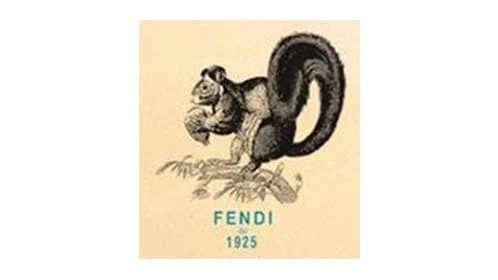
The very first Fendi logo, unveiled in 1925, was a distinctive departure from traditional fashion branding. Rather than opting for elegant lettering or abstract symbols, the logo featured the image of a squirrel. This emblem was deeply personal and symbolic, reflecting the values and vision of the brand’s founders, Adele and Edoardo Fendi. The squirrel was chosen by Adele herself, as it represented industriousness, resourcefulness, and preparation—qualities she believed mirrored the spirit of their burgeoning business.
At the time, the fashion industry was still developing, Fendi’s use of an animal not typically associated with glamour or high fashion set it apart. The squirrel subtly communicated the brand’s dedication to craftsmanship and its forward-thinking approach. Though the logo would later evolve into more recognizable and iconic forms, this early iteration played a key role in shaping the brand’s identity and establishing a foundation rooted in originality.
Fendi Logo – 1965
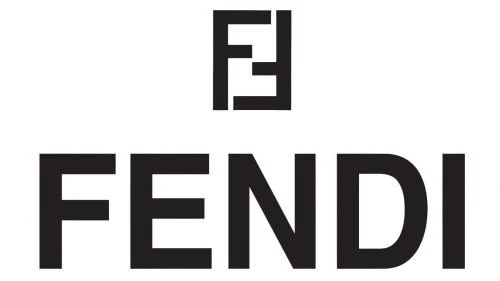
In 1965, a pivotal moment in Fendi’s history occurred when the renowned designer Karl Lagerfeld joined the label. His arrival marked the beginning of a transformative era for the brand, both creatively and visually. Almost immediately, Lagerfeld set out to redefine Fendi’s visual identity, recognizing the importance of a strong, modern logo that could match the brand’s growing international ambitions. With his innovative vision, he introduced a new logo that would become one of the most recognizable symbols in the fashion world.
That same year, Lagerfeld created the now-iconic “FF” logo. This design featured two interlocking F’s—one upright and the other inverted. It not only stood as a stylish representation of Fendi’s commitment to luxury and innovation but also helped position the brand as a global fashion powerhouse. Lagerfeld’s contribution through this logo was more than just aesthetic, it encapsulated the essence of Fendi’s identity and became a lasting emblem in the fashion industry.
Fendi Logo – 2000

In the year 2000, Fendi made a significant shift in its branding approach by removing the iconic “FF” monogram from its official logo. This change marked a move toward a more streamlined and minimalist visual identity. Just like COACH logo, the brand decided to retain only the wordmark—“Fendi” written in a clean, modern typeface—as the primary emblem. This transition was part of a broader trend in the fashion industry at the time, where many luxury labels were simplifying their logos.
By focusing solely on the wordmark, Fendi aimed to project a refined and contemporary image while maintaining its established identity. The clean lettering allowed for greater flexibility in branding across digital platforms, packaging, and global marketing campaigns. This strategic design choice reflected Fendi’s desire to adapt to the evolving tastes of modern consumers, while still honoring its legacy through subtle nods to the original monogram in its fashion pieces.
Fendi Logo – 2013

In 2013, Fendi introduced a refreshed version of its logo as part of a broader effort to modernize the brand’s image. This redesign focused primarily on the typography, with noticeable changes to the font that gave the logo a softer and more contemporary appearance. The previously sharp, well-defined lettering was replaced with smoother, more rounded edges, altering the overall tone of the logo.
While the new design maintained the core identity of the brand, the updated font subtly transformed its visual presence. The increased roundness in the letterforms introduced a sense of warmth and modernity but also led to a reduction in the crisp clarity that had previously defined the logo. This evolution reflected Fendi’s desire to remain relevant in a competitive fashion landscape.
Frequently Asked Questions
| Why logos are important for fashion brands? Logos are essential for fashion brands as they establish a distinct visual identity that sets them apart in a competitive market. They also serve as symbols of brand values, quality, and status, fostering recognition and loyalty among consumers. |
| Why Fendi logo is popular in the world? The Fendi logo is globally popular due to its association with luxury, craftsmanship, and timeless design. Its iconic “FF” monogram and sleek wordmark symbolize elegance and prestige, making it instantly recognizable in the fashion world. |
| What is the color of Fendi logo? The Fendi logo typically features a black wordmark on a white background. In some contexts, it also appears in yellow or gold, emphasizing its luxurious and bold brand identity. |
Final Words
This brings us to the end of this article in which we have explored the vast history of Fendi logo. Just like other fashion brand logos, the Fendi emblem embodies a tradition of refined craftsmanship and sophisticated fashion design. Its timeless appeal and association with high-end luxury have solidified its status as one of the most iconic emblems in the global fashion industry.
With a rich heritage and a distinctive identity, the Fendi logo continues to resonate with fashion enthusiasts who appreciate both style and legacy. Its strong presence in markets like the United States, the United Kingdom, and across Europe highlights its widespread popularity and influence. For many, it remains a top choice among luxury fashion labels, admired for its blend of tradition, elegance, and innovation.

Logopoppin
Logopoppin is a graphic design agency that specializes in logo designing, web development, video production and advanced branding services. We love to innovate businesses with new age technologies, allowing them to improve their visual reputation.

